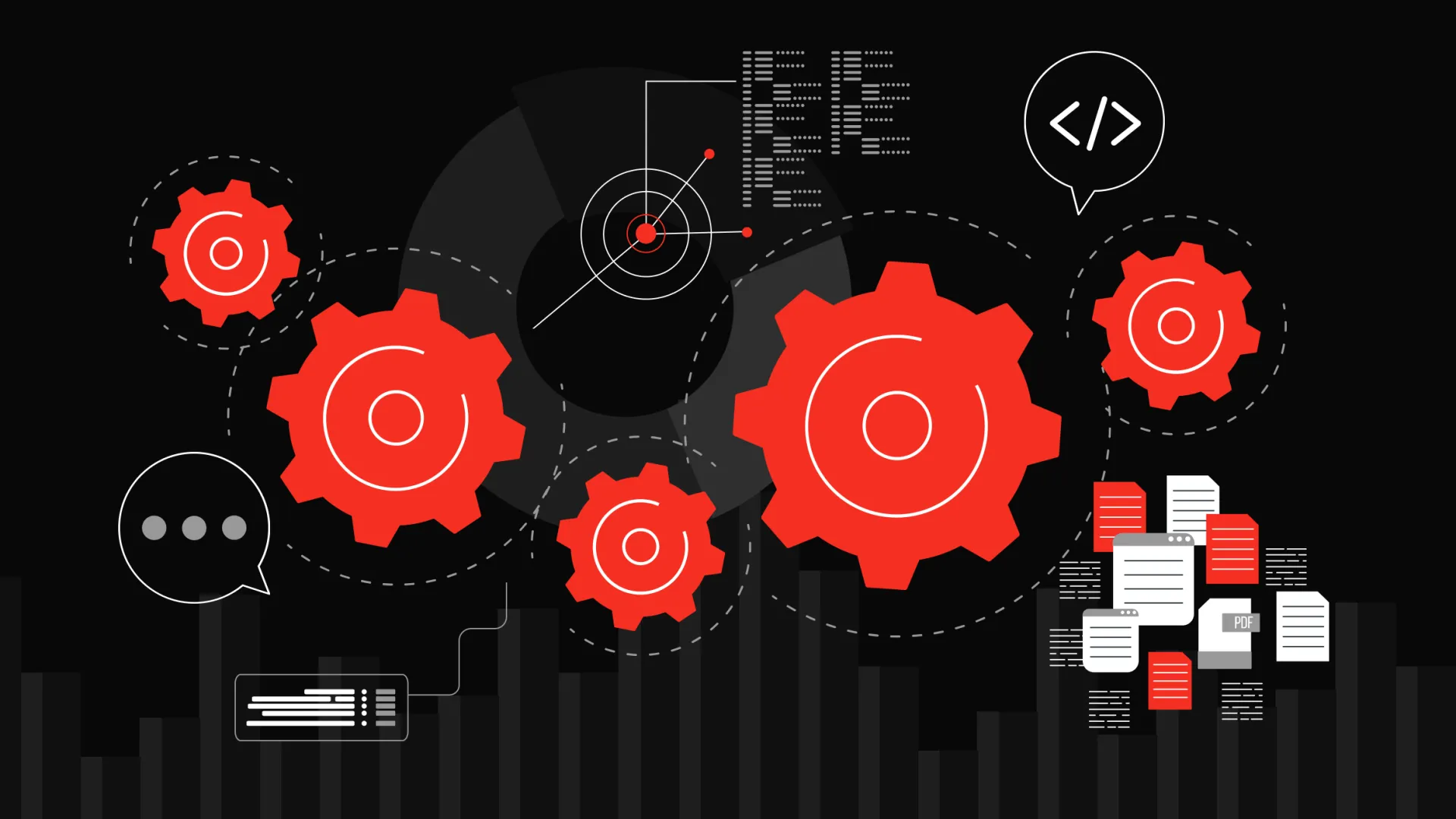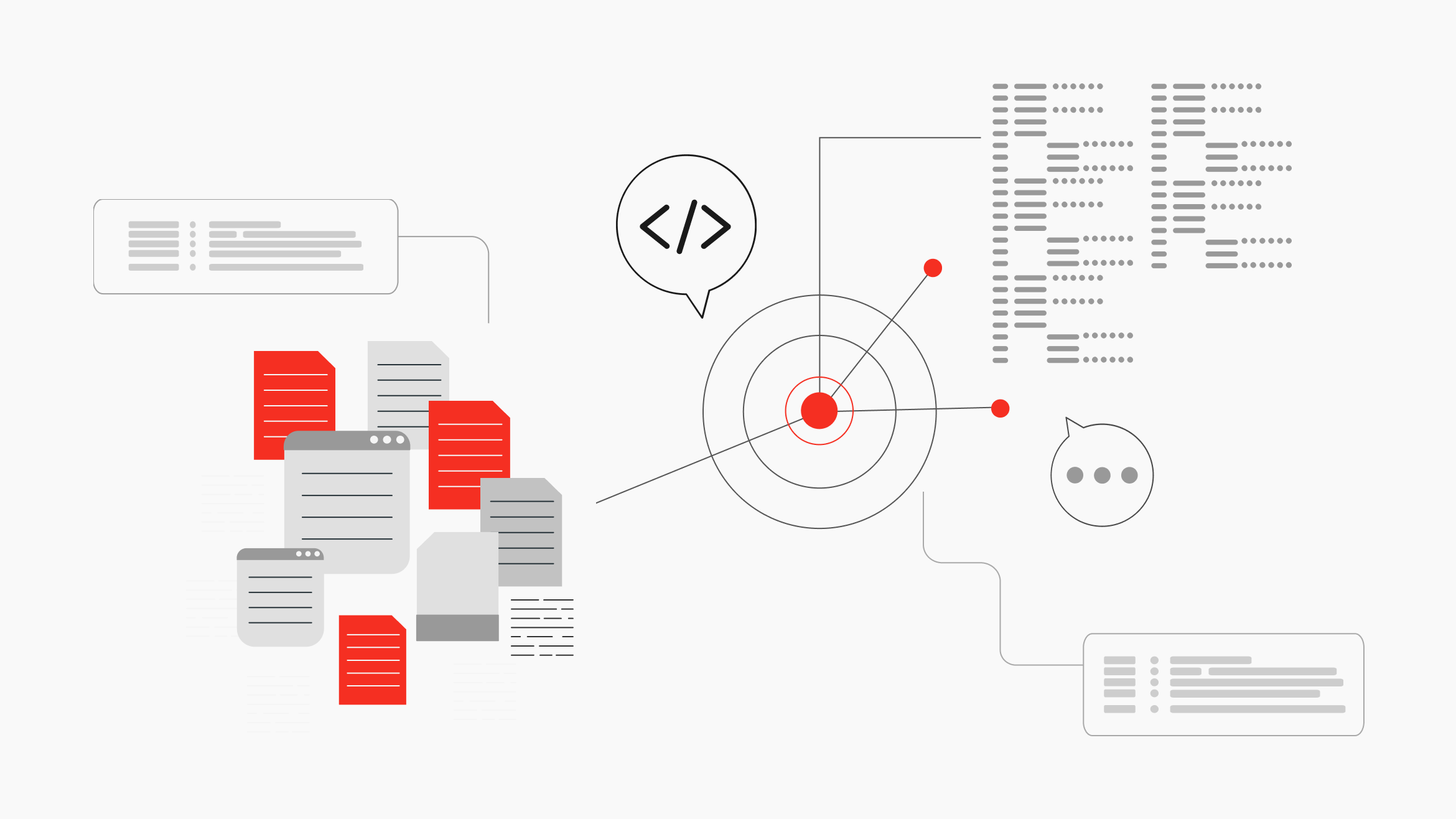What is QA Automation: Its Benefits and Tools

What is QA automation, and why is it significant in today's world? What are its main advantages, and when is it a good idea to implement it in a project? We will answer all of these questions.
What is QA automation?
QA automation replaces work that testers would normally have to do manually. We use automated tools to run programmed automated tests. Automation has several benefits, which is why it is very popular nowadays and often the preferred type of application testing.
What is QA automation used for?
"Tests that involve repetitive actions."
If a project is under constant development and developers are doing iterative releases, then automation is inevitable. Automation not only saves time for manual testers, but also saves the customer's finances overall.
"Quantity of test scenarios."
Automation makes sense if the project is larger and has many test cases.
“Regress and smoke testing.”
Regression testing detects errors that may occur during development. If functionality is developed, we can run regression testing to check whether the automation of the functionality has not accidentally damaged other parts of the application, causing the so-called "regression." Smoke testing tests whether an application's basic features are working according to our expectations.
"Testing across different environments."
Automation is appropriate or even necessary to use if testing is performed on multiple environments. If the application uses a system environment (DEV-STAGE-PROD) then the manual tester must test scenarios on 3 platforms, but when testing is automated test scripts can be run on the environment that the QA engineer chooses.
What are the benefits of QA automation testing?
1. Reduces costs and time
Ordinary manual testing takes much more time than running a set of automated tests. Automation, therefore, saves time for testers during each release or, in other words, during each new functionality added to the code.
2. "Expands the range of testing."
Automation allows testing on multiple platforms at the same time, such as websites and mobile applications, depending on where the test scripts are run and cover thousands of tests, which is not possible with manual testing.
3. Increases precision
Testing can become monotonous with every release, increasing the likelihood of human error. Automated tests, on the other hand, consistently execute the same steps accurately each time they are run.
4. "Detecting bugs at an early stage."
If test scripts are run continuously, they can detect bugs very quickly on common platforms. Therefore, testers can immediately report bugs that could otherwise be easily overlooked. Automation, therefore, contributes to development efficiency.
5. Reusable test scripts
Properly configured automation can be reused on several projects and save time in more places at once.

What QA automation tools do we recommend for the web and mobile?
There is a huge variety of tools designed to make automated testing a breeze. Some of the most popular ones are:
- Cypress, Selenium, Playwright for testing web applications
- Appium, Espresso, XCTest for mobile applications
Each tool has advantages and disadvantages. For example, while Cypress is very flexible, easy to learn, and works out of the box, it can be slow and cannot be used for performance testing.
Our recommendations for automation tools:
- Web: Cypress
- Cypress stands out as a top choice for end-to-end (E2E) automation testing due to its ability to execute applications within the browser, delivering a testing experience that closely mirrors real-world browser usage. The closer the test simulation matches user behavior, the higher the probability of uncovering issues that actual users might encounter.
- Android: Maestro
- We use the Maestro framework for Android UI testing, which draws from the knowledge gained from its forerunners (such as Appium, Espresso, and UI Automator) and provides a straightforward approach to defining and testing your application flows.
- iOS: XCTest
- We utilize the native XCTest framework for iOS UI testing, which seamlessly integrates into XCode's testing process. These tests verify whether specific conditions are met during code execution and log any test failures, along with optional messages, when they are not. The tests interact with the application’s UI to validate user interaction flows.

Who is QA automation engineer?
The QA automation engineer thoroughly analyzes test cases to decide which can and should be automated and subsequently writes test scripts. They also make decisions regarding the automation flow, such as what tools will be used and what data is required to make the tests reliable. As development continues, QA automation engineers need to update automated tests to reflect any changes in functionality.
Conclusion
Automated testing offers several advantages, such as conserving time and money and improving precision. Manual testers will always be necessary; however, automated testing offloads them and allows them to focus on new features.



